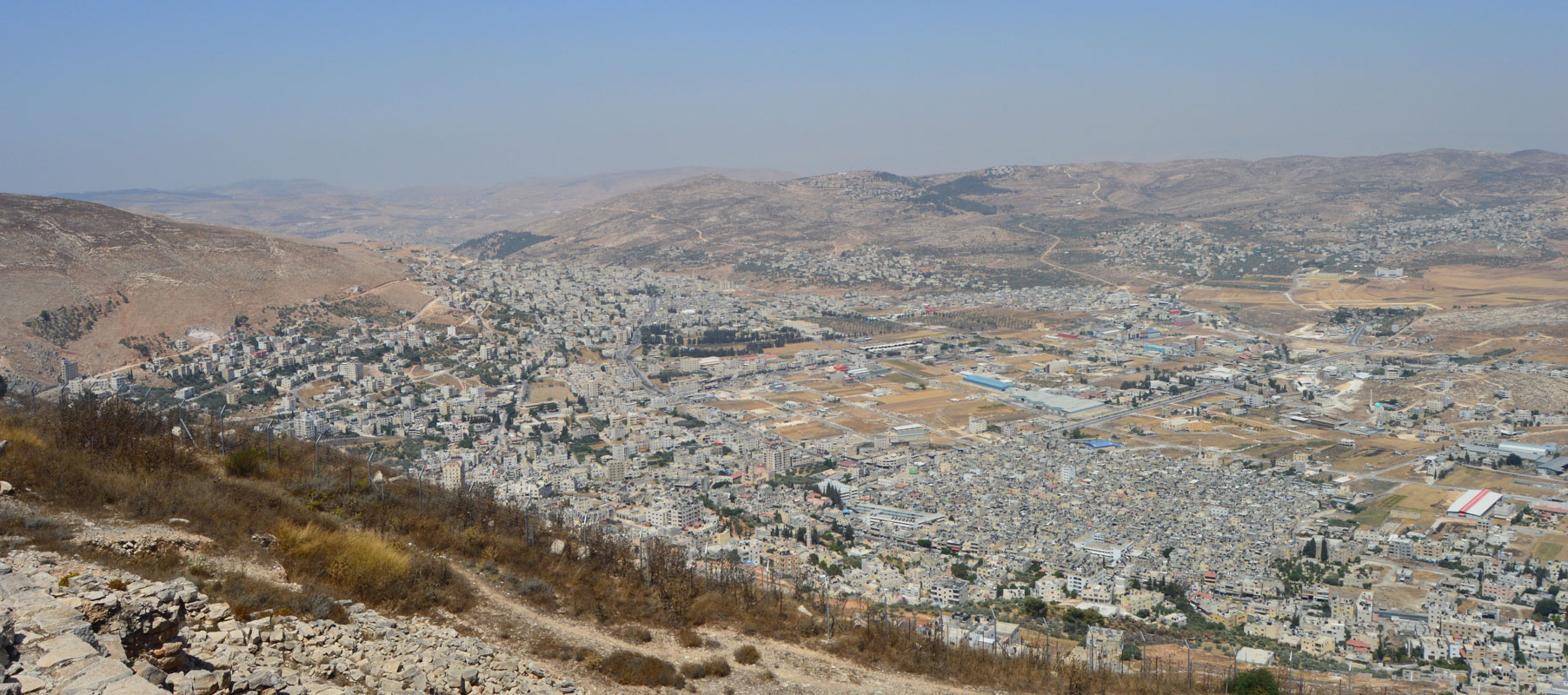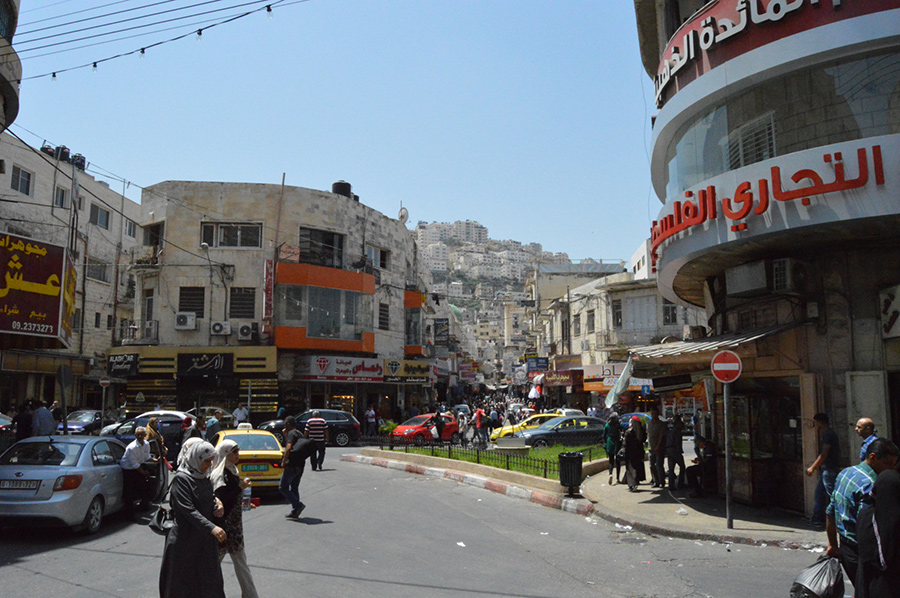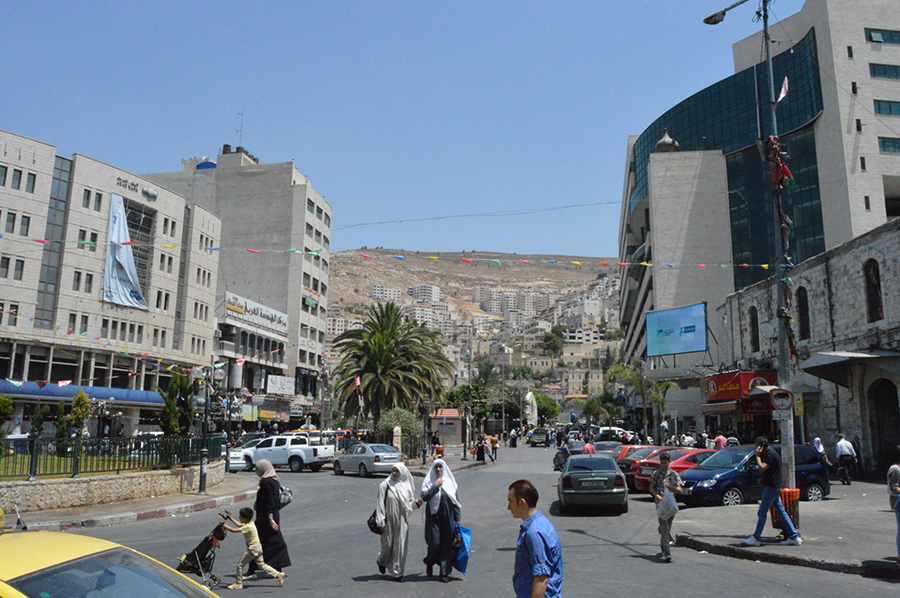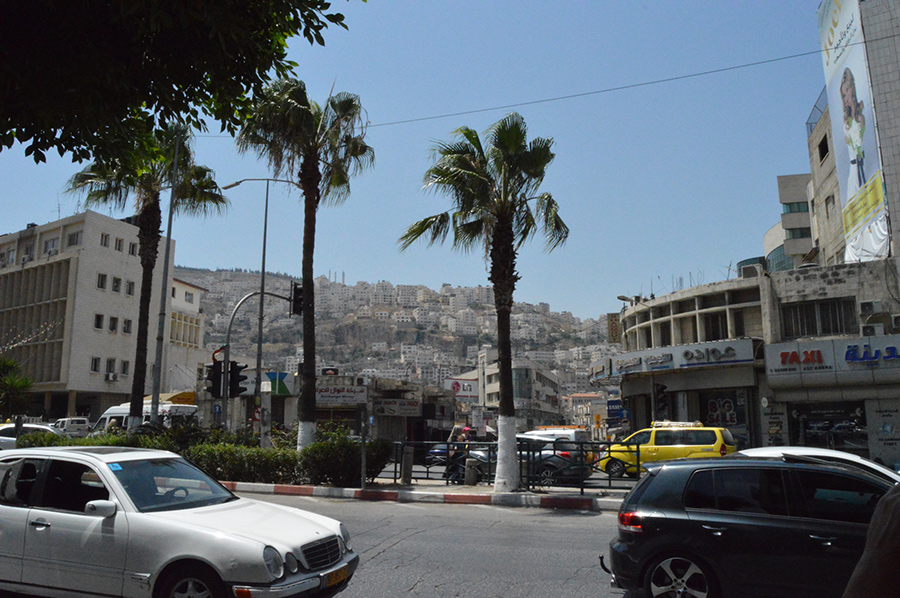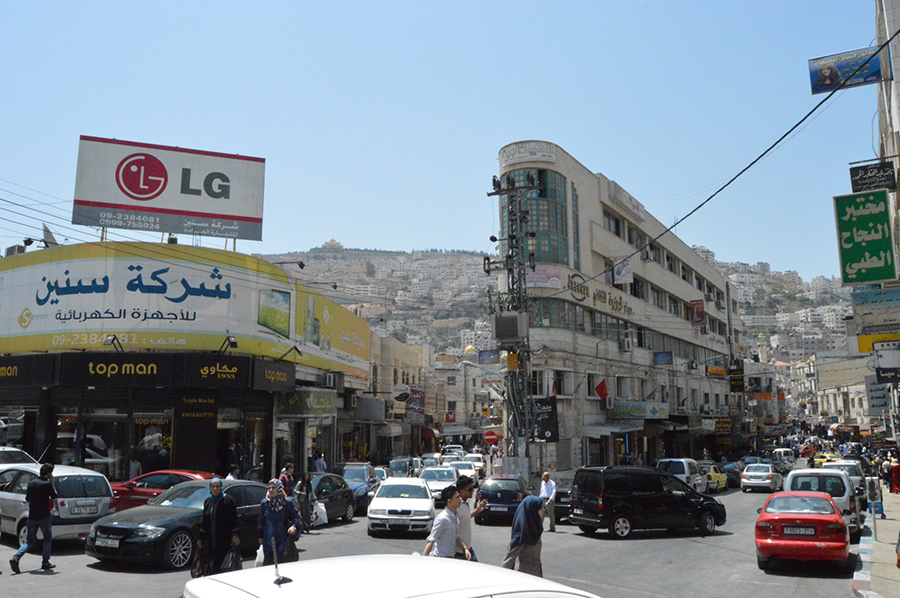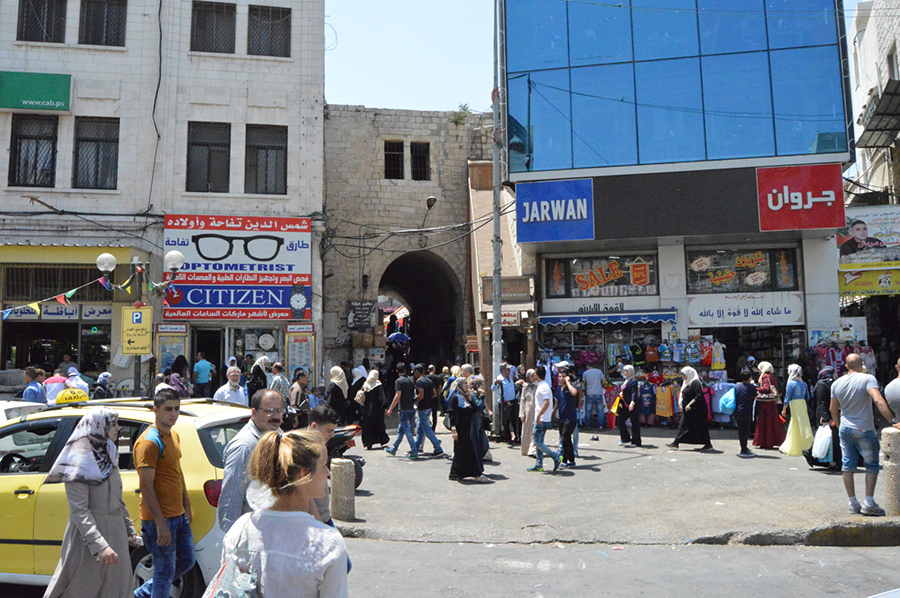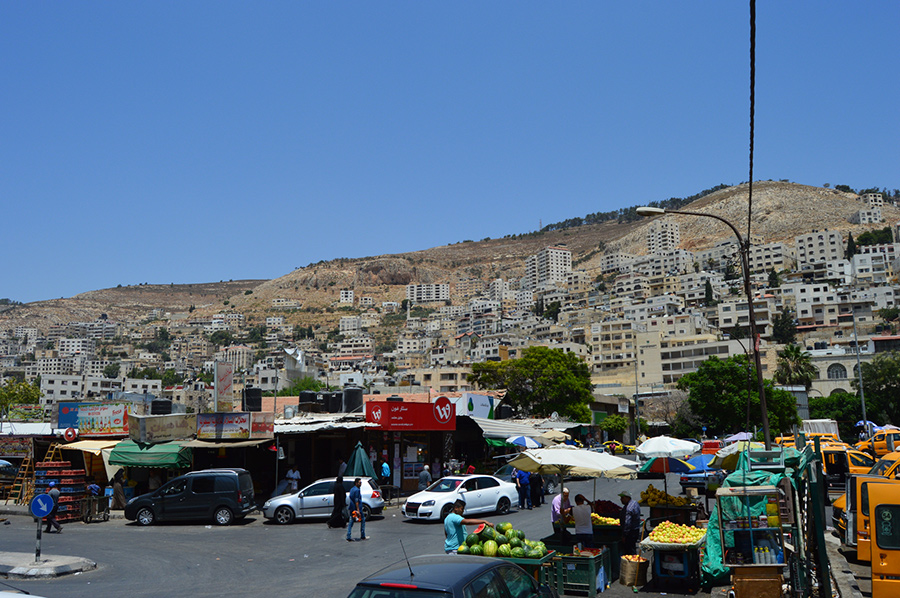What To Do
The beating heart of Nablus and the best place to start any trip to the city is the mesmerising Old City, with the Al Qasaba (Casbah). The labyrinthine market is brimming with spice stalls, piles of fresh fruit and vegetables, pastry stands, clothes racks, jewellery and a whole lot more, while there is not a single tour group in sight. Several leather tanneries, potteries and textile workshops also line the narrow, winding and chaotic streets. It is also the perfect place to sample the local delicacy, kunafeh.
One of the area’s most fascinating spots is the Samaritan settlement and archaeological remains atop Mount Jarzim – or Mount Gerezim in Hebrew – which is essentially the Samaritan Mecca, and a place brimming with history. This group of Samaritans living on the slope is apparently the oldest and smallest religious sect in the entire world, believing themselves to be 162nd generation descendants of Joseph. It is also their belief that Moses ordered them to protect the mountain, and that it is the place where Abraham was commanded to sacrifice his son Isaac.
Back below Mount Jarzim, there are many beautiful and historical sites to see in Nablus itself, including the Greek Orthodox church at Jacob’s Well (Be’er Ya’akov). This is the biblical spot where Christians believe a Samaritan woman offered Jesus a drink of water, after which he revealed to her that he was the Messiah (John 4:13-14). Set in serene, lush gardens, the current church of St Photina the Samaritan, was built by the Greek Orthodox Church in the 1860s.
There is a large fortress-like compound of the Abd al-Hadi Palace built in the 19th century in the Qaryun area of the old city. The Nimr Hall and the Touqan Palace are located in the centre of the Old City. There are several mosques – the Old Mosque: the Great Mosque of Nablus, al-Khadra Mosque.
There are six Hammams, or Turkish Baths, in the Old city and the most prominent of them is the al-Shifa (built in 1624 by the Touqans) and al-Hana. Al-Hana in Yasmina was the last hammam to be built in the city in the 19th century.
Where To Eat
A local delicacy called kunafeh, a warm, sweet, cheese-based pastry often topped with pistachios, can be sampled here for around 4 shekels a slice. The vendors will also invite you in, to perch at a table before tucking in with a fresh juice or Arabic coffee.
In the streets surrounding Al Qasaba, a more metropolitan, modern Nablus can be found, with various larger malls and all the necessary amenities.
Relaxed restaurants serving up delicious, reasonably priced Palestinian fare such as kebabs, falafel, hummus and olives are also present in the surrounding area and elsewhere in the new city.
Where To Stay
There is a good selection of hotels and hostels in Nablus.
Twinned with: Lille (France), Nazareth (Israel), Dublin (Ireland), Florence, Naples (Italy) and Dundee (Scotland)

